

Mathematics, often perceived as an abstract and challenging subject, can become more accessible and enjoyable when paired with the power of visual thinking. In this comprehensive blog, we’ll delve into the world of sketching in learning math and explore how it can facilitate clear conceptual understanding, transform the learning experience, aid memory retention, and make complex mathematical concepts tangible. Get ready to embrace the visual aspect of math as we uncover the benefits and techniques of sketching in learning math.
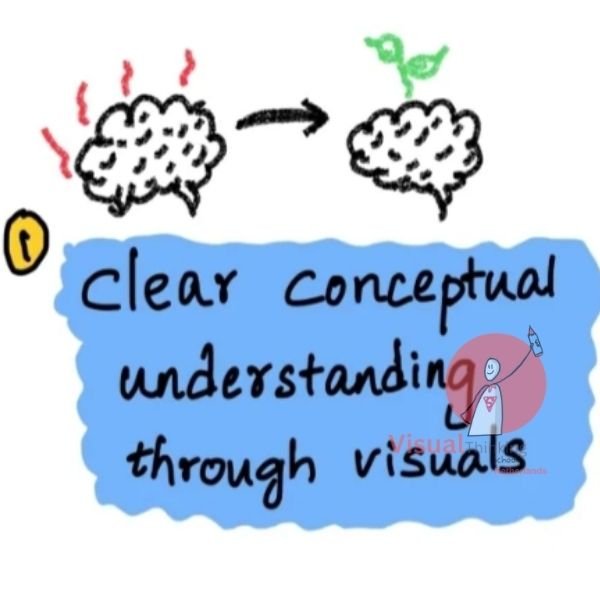
The saying “a picture is worth a thousand words” holds true in mathematics. Sketching allows learners to represent complex mathematical ideas visually. Whether it’s drawing a geometric shape to understand its properties or creating diagrams to visualize algebraic equations, sketching provides a tangible way to grasp abstract concepts. This visual approach fosters a deeper and clearer understanding of math, as learners can see how different elements relate to one another.
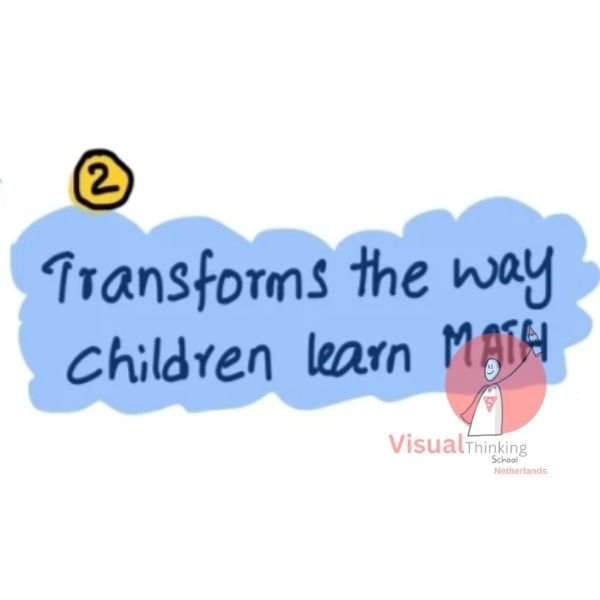
Traditional math learning often relies on rote memorization and formulaic approaches. Sketching in learning math shifts this paradigm by encouraging creativity and critical thinking. When students sketch out mathematical problems or concepts, they engage in active learning. They become problem solvers, not just number crunchers, as they explore different strategies and represent their thinking visually. This transformation makes math an engaging and dynamic subject, rather than a daunting set of rules and equations.
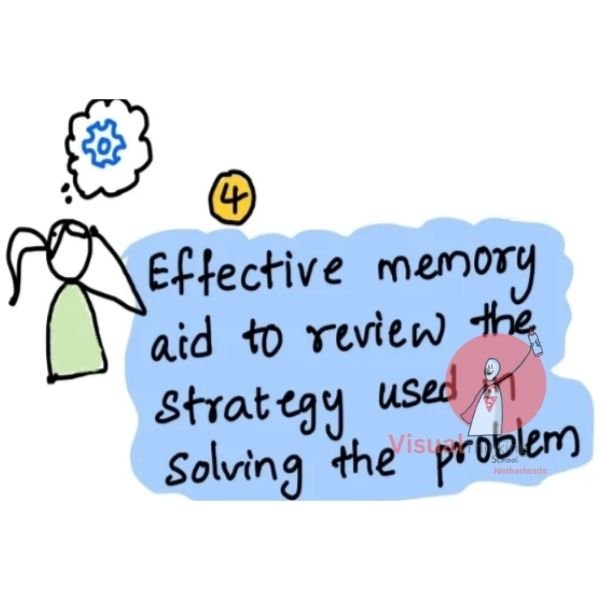
Sketching serves as an effective memory aid. When learners sketch their thought processes while solving math problems, they create a visual record of their problem-solving strategies. This visual memory aid can be invaluable when reviewing concepts or preparing for exams. Looking at their sketches, students can easily revisit and understand the steps they took to arrive at a solution. This not only reinforces learning but also boosts confidence in problem-solving abilities.
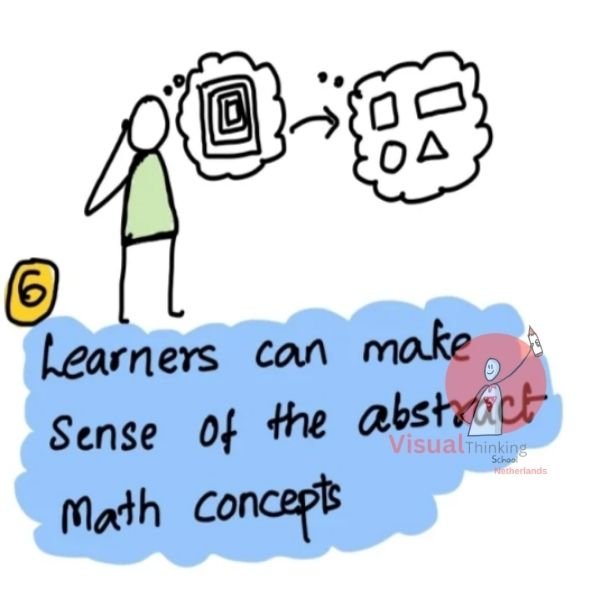
Math often deals with abstract concepts like fractions, functions, and vectors. These ideas can be challenging to grasp solely through written explanations or equations. Sketching brings abstract concepts to life by representing them in a concrete and visual manner. For instance, sketching a fraction as a pie chart can help learners see the relationship between parts and the whole, making abstract concepts more tangible and easier to understand.
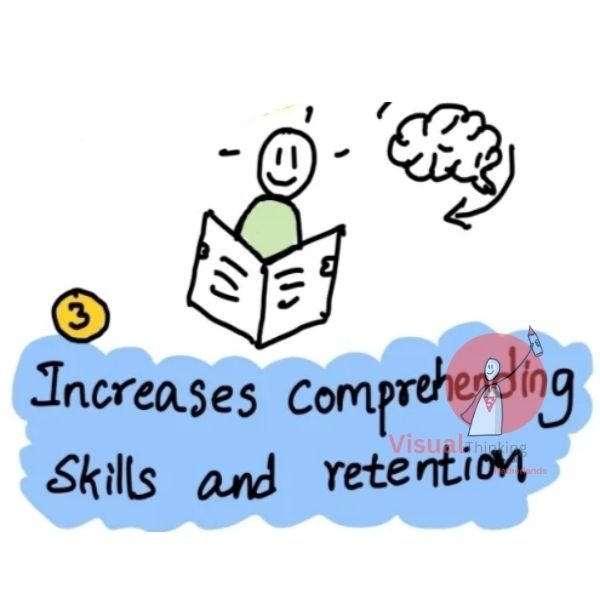
Sketching engages multiple cognitive processes simultaneously. When learners sketch, they combine visual, spatial, and linguistic skills. This multi-modal approach enhances comprehension and retention. The act of visually representing math prompts students to think deeply about the concepts they are sketching, reinforcing their understanding. As a result, they are more likely to remember and apply these concepts in future mathematical problems.
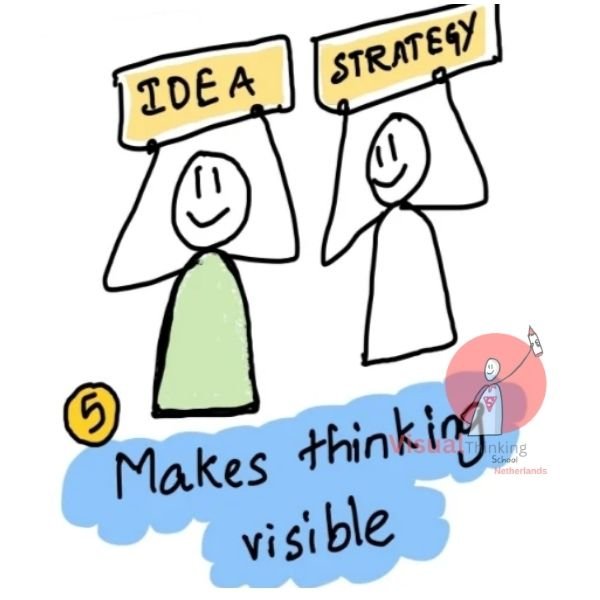
Sketching in learning math makes thinking visible. It allows learners to externalize their thoughts and problem-solving strategies. When students sketch their math processes, teachers and peers can better understand their reasoning. This transparency not only aids in feedback and assessment but also encourages discussion and collaboration. Students can share their sketches, explain their thinking, and learn from others’ visual approaches, creating a rich learning environment.

Math is a cumulative subject, with later topics often building upon earlier ones. Sketching provides a handy tool for learners to revisit and review previously learned concepts. By flipping through their sketchbooks, students can refresh their memory and quickly recall foundational math principles. This ease of revisiting concepts ensures that learners maintain a strong foundation, preventing knowledge gaps as they progress in their mathematical journey.
Sketching in learning math sharpens problem-solving skills. When faced with a math problem, learners can use sketching as a strategic tool to dissect and tackle it step by step. Visual representations help them break down complex problems into manageable parts, making it easier to identify the solution path. This approach promotes analytical thinking and boosts confidence in approaching challenging mathematical scenarios. Over time, students become more adept at deconstructing problems and devising effective strategies, which extends beyond mathematics into other areas of critical thinking.
Sketching allows for personalized learning and differentiation in math education. Every learner has a unique way of understanding and processing information. Sketching empowers students to express their comprehension in a way that resonates with their individual learning style. Some may prefer visual diagrams, while others opt for flowcharts or mind maps. This diversity in representation fosters a more inclusive learning environment where students can choose the method that best suits their understanding. Teachers can adapt their teaching strategies to accommodate these preferences, ensuring that all students have access to effective learning tools.

In conclusion, sketching in learning math is a dynamic and versatile tool that empowers students to unlock their full mathematical potential. It enhances problem-solving skills, encourages personalized learning, and creates a rich and inclusive math education environment. By incorporating sketching into math education, we not only make the subject more approachable and engaging but also equip students with valuable skills for a lifetime of mathematical exploration and discovery. So, embrace the power of sketching and watch your mathematical journey come to life in vibrant and insightful visual representations.
We conduct online and in-person certification trainings on our Trade Marked Training on Business Sketchnotes ™.
We have an open challenge in our trainings : If you can not draw after our 9 hours of trainings, we will close our trainings FOR EVER !! ..and we are still waiting for that one person even after training more than 38000 professionals.
You can also join our whatsapp community to learn from those who have attended our trainings

We trained more than 38000 professional and gave corporate trainings in more than 65+ top notch companies

Check Our Trainings

Maths educator by profession and sketchnoter by passion. She loves teaching maths using sketchnotes. She is also an acredited school sketchnote trainer with Visual Thinking School, Netherlands.
More of her sketchnotes can be checked on her Instagram: @Lavanya_anugula